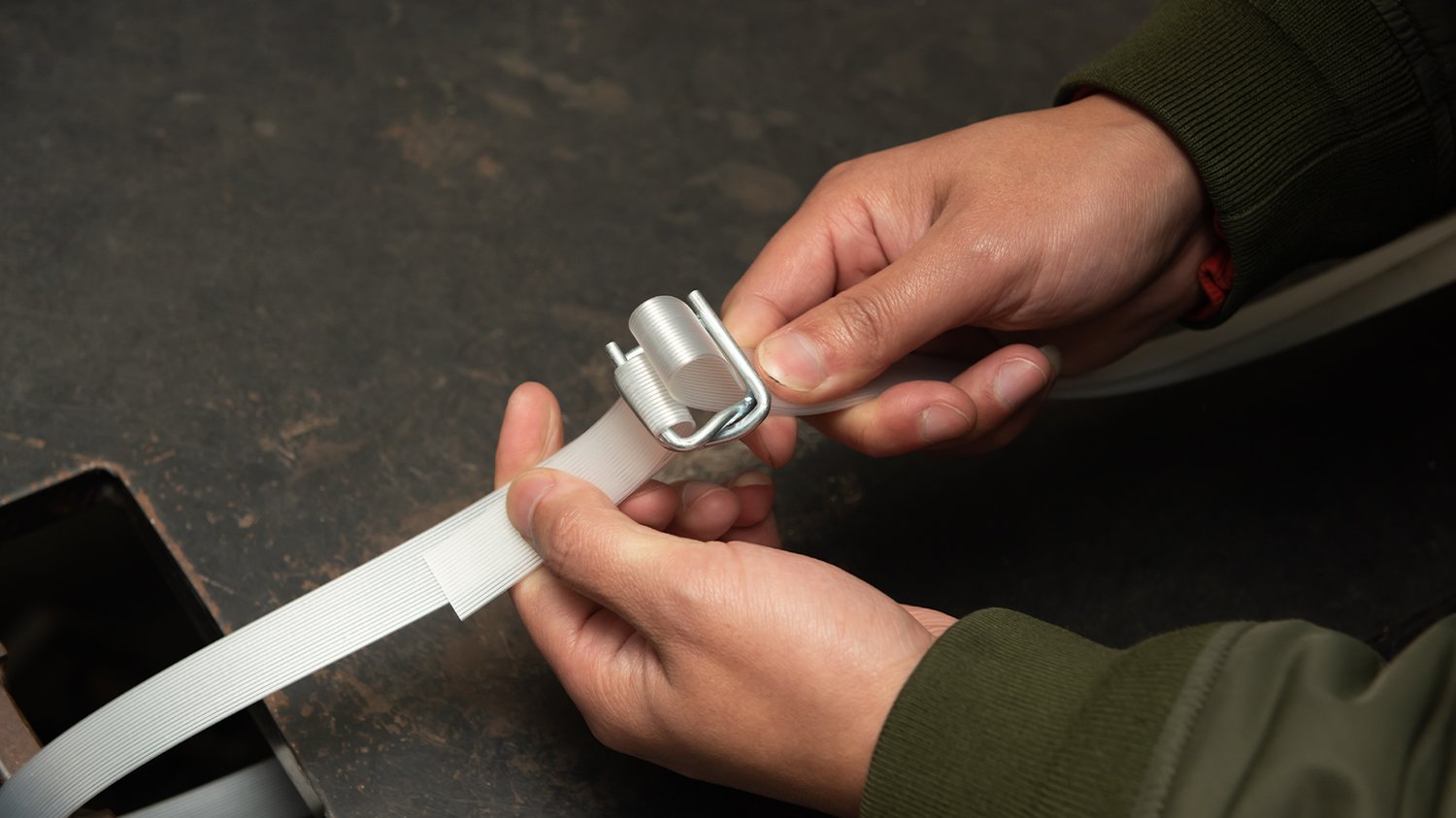How do you thread a wire buckle??
Wire buckles are a popular choice for securing straps, especially in the transportation industry. They are lightweight, strong, and can be used with different types of straps. But how do you thread a wire buckle correctly? In this article, we’ll provide you with a step-by-step guide and other useful tips.
Step 1: Choose the Right Strap
The first step is to choose the right strap for your application. Wire buckles can be used with different materials such as nylon, polyester, and polypropylene. Make sure the strap is the right width and thickness for the buckle.
Step 2: Insert the Strap
Insert the strap through the wire buckle. Make sure the end of the strap goes through the bottom of the buckle. This means that the buckle is underneath the strap.
Step 3: Thread the Strap
After inserting the strap, pull the end upward, creating a loop that goes over the top of the wire buckle. Then, pull the strap back down and insert it through the loop. Pull the strap tightly until it’s snug but not too tight.
Step 4: Ensure Even Placement
Once the strap is in place, make sure that the wire buckle is placed evenly along the length of the strap. The buckle should not be tilted or off-center, as that can alter the strength and security of the strap.
Step 5: Double-Check for Twists or Crosses
Before tightening the buckle, double-check that there are no twists or crosses in the strap. This can cause the strap to become unsafe and ineffective.
Step 6: Tighten the Buckle
To tighten the buckle, pull the strap tight until it’s secure. Check that the strap is snug but not over-tightened, as it can cause damage or reduce the strength of the strap.
Step 7: Trim Excess Strap
Once the strap is tightened properly, cut any excess strap that is sticking out. Use a pair of scissors or a knife to cut the strap close to the buckle. This will prevent the extra strap from flapping around and possibly getting caught on something.
Step 8: Test the Strap
Before using the strap to secure your cargo, test it to make sure it’s strong and secure. Apply a load to the strap and check that the buckle doesn’t slip or loosen. If it does, adjust the strap until it’s secure.
Tips for Threading Wire Buckles
Threading wire buckles properly can significantly improve the strength and longevity of the strap. Here are some tips to keep in mind:
Use a Tensioning Tool
Use a tensioning tool like a ratchet, winch, or cam buckle to ensure that the strap is tightened properly. A tensioning tool can apply more pressure than you can manually and create a tighter, more secure connection.
Choose High-Quality Buckles
Choose high-quality wire buckles made from durable materials like stainless steel or galvanized steel. High-quality buckles are less likely to bend, warp, or break under pressure.
Inspect the Strap
Regularly inspect the strap for any signs of damage, such as cuts, abrasions, or fraying. Replace any damaged straps immediately to prevent accidents and injuries on the road.
Store Properly
Store the straps and buckles in a cool, dry place and away from direct sunlight. Exposure to extreme heat or cold can weaken the material and cause it to deteriorate faster.
Clean the Buckles
Regularly clean the buckles, especially if they come in contact with harsh chemicals or road debris. This will prevent rust, corrosion, and other types of wear that can affect the integrity of the buckle.
Conclusion
Threading wire buckles might seem complicated at first, but following these steps and tips can make the process easier and safer. Remember to check the strap and buckle before each use and replace any damaged or worn items. Using high-quality materials and proper techniques can ensure that your cargo stays secure and protected during transportation.

